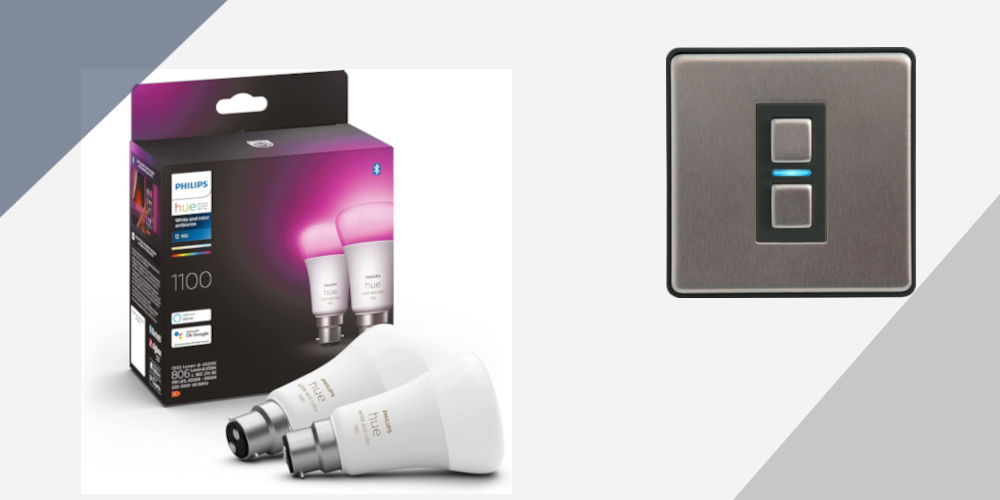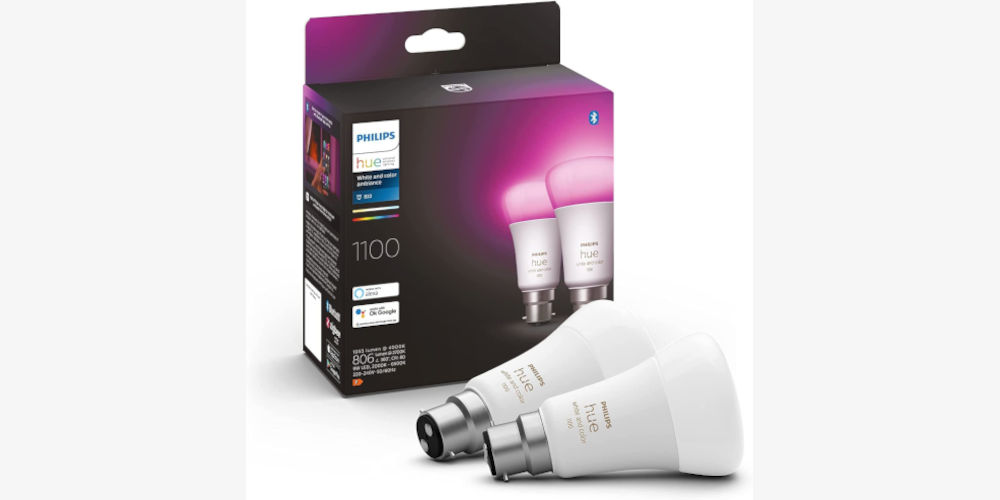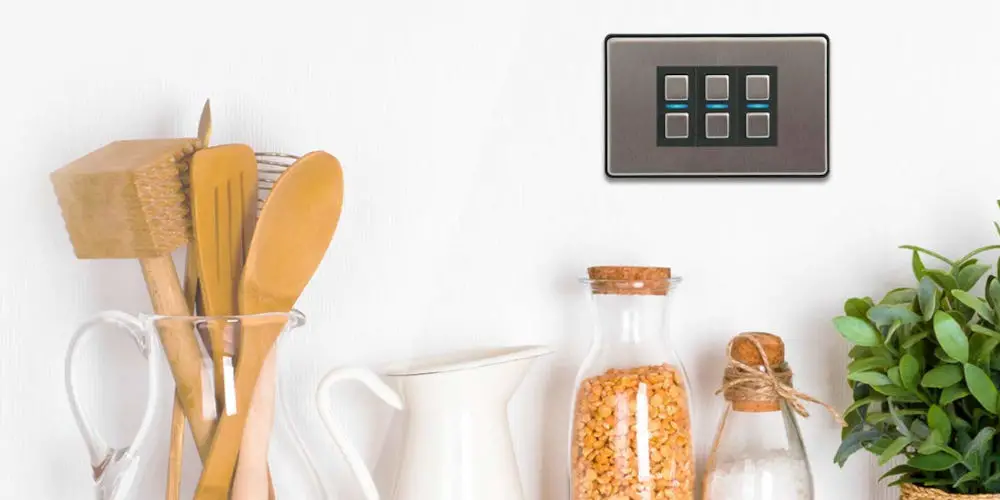Does Lightwave work with Philips Hue lights?

When thinking about automating your home, and more specifically, your lighting, you probably think of the Philips Hue range. Another brand you might consider is Lightwave. It’s a highly affordable way to automate a home. But does Lightwave work with Philips Hue lights?
The brands do work together, but not necessarily in the way you think. Most Philips Hue bulbs work with the Lightwave light switches, allowing you to turn them on, off, and dim down/up.
However, the Lightwave system doesn’t allow you to control the colour of the light. You’ll need a Hue Bridge to control and adjust multiple bulbs from your phone.
Let’s explore the question: Does Lightwave work with Philips Hue lights?
Why use Philips Hue bulbs over other options?
There are plenty of Lightwave compatible bulbs, so you might wonder why use the Philips Hue range with your system. Their bulbs offer several benefits over generic smart bulbs that might be cheaper.
Each lighting option in the Philips Hue range offers 16 million colours, are super bright (1100 lumen in most cases), and you can operate them using your phone or voice, so long as you have the Philips Hue bridge installed.
Despite the high prices, the Philips Hue range is far more flexible than other options and will last longer than the cheapest LED bulbs available.

photo by Philips Hue
How do their bulbs work with Lightwave?
If you’ve already changed your non-smart light switches for Lightwave ones, you will have massively improved your home’s lighting. You can now control them remotely or using your voice. Also, you can create scenes to control multiple devices at the touch of a button.
And while all of that is great. Lightwave is its own system, running a unique protocol. The Philips Hue ecosystem runs on Zigbee. The two platforms are hardly compatible at this level.
Stating the obvious: the Philips Hue range is only bulbs. They haven’t released heating devices, wall sockets, relays, etc. Lightwave, on the other hand, offers all of these devices.
So we have two options. First, use the two systems separately. Second, use the Lightwave app for overall control and only use the Philips Hue app to adjust the look and feel of the bulbs, not control them. Let’s explore these options.
Should you use two separate systems?
Keeping the systems separate will be annoying. No one wants to flip between apps to control different aspects of their home. And so you’ll get quickly frustrated.
Installing the two apps on multiple devices and keeping them up to date and functioning will be painful. It’s far easier to only install the Lightwave app on another phone, your tablet, or a guest’s smartphone.
Also, if you’re building a smart home with automated sequences, programming and checking two different systems will eventually drive you crazy. Even if you do tape them together using a system like IFTTT.
For these reasons, we don’t recommend using two separate systems.

photo by Lightwave
Controlling your Philips Hue lighting with Lightwave
It’s easier to use your Lightwave light switches to control the basics. You can turn lights on/off and dim them up and down. Doing it this way allows you to control everything from the Lightwave app.
When you want to adjust the look and feel of a particular bulb, you can load the Philips Hue app and make any changes you want. You can try all 16 million colour options, play with the brightness level, and more. Hours of fun!
The downside of doing things this way is you still need two apps on your master phone and also a Philips Hue Bridge. However, you don’t need to flip between the two that often or deal with any programming issues.
So, does Lightwave work with Philips Hue lights?
Lightwave does work with the Philips Hue range of lighting. However, it’s not the way you think. You probably want to upgrade your light switches to Lightwave smart dimmers. Next, use Philips Hue bulbs in your light fittings.
Finally, you can control your Philips Hue bulbs using your Lightwave system. When you want to try different lighting colours, simply load the Philips Hue app and adjust the settings. You don’t need to use two separate systems and endlessly flip between apps.




